Nature
Hiking and Camping
Panoramic lunches, express weight loss, and the best mushroom hunting spot in Altai – welcome to the Chulyshman River Valley.
The narrow valley of the Chulyshman River, snaking between the rocks all the way to Lake Teletskoye and rightfully labelled a canyon, is a kaleidoscope of rite-of-passage-scale revelations. If you crave some knockdown action, rafting will be right up your alley. The best spot for white water rafting is situated next to the village of Yazul. However, the rapids are difficult and the riverbed narrow and close to the rocks, so perhaps it would be more sensible to stick to fishing: you’ll find northern pike, burbot, grayling, whitefish, and many more risk-free pastimes here. The way to the Chulyshman River valley lies along the serpentine Katu-Yaryk road – with the length of 3.5km and an 800m slope, it provides fascinating views, as one would expect.
Life Hack
There is a cafe on the Katu-Yaryk observation deck – the menu is limited but decent. On the other hand, a picnic with a view of the Kurkure Waterfall could be a more powerful argument in favour of unforgettable impressions.

The Kurkure Waterfall
The route to the waterfall, relatively easy and without extremes, will take about 1.5–2 hours. However, since the waterfall is situated on the left bank of the Chulyshman River, you’ll need to cross it by boat. Local youths will gladly volunteer for a modest fee of 500 rubles. In Altai, ‘kurkure’ means ‘rattling’, and the thunder of water rushing down from a 30-meter cliff can be heard from afar. The sight at the destination will make you forget about lunch for a while – especially if you’re lucky enough to catch a playful rainbow over the stream crushing down on huge prehistoric boulders.

The Uchar Waterfall
In Altai, ‘Uchar’ means ‘floating’, and ‘impregnable’ simultaneously, which is remarkably apt. The largest cascade waterfall in Siberia at 160m, it was formed less than 200 years ago as a result of a massive rockfall caused by yet another earthquake. It was discovered in the 1970s and became a place for pilgrimage only ten years ago. In 2011, the Association of Travel Operators of Russia put Uchar in the top-5 hard-to-reach landmarks in Russia.
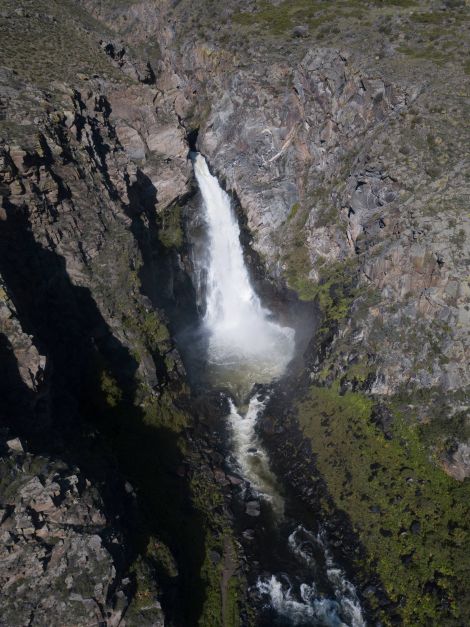

The way there (about 10km) will take around four hours: it starts with a tranquil crossing of the River Chulcha and continues with a few relaxing kilometres across a green plain that looks like it was copied from The Lord of the Rings film series. It ends, however, with the Altai version of triathlon – you’ll have to scale a vertiginous rock face, endure obstacle-packed vertical climbs along steep pathways, and cross the river by balancing on fallen tree trunks.
But there is good news – the way back will be much easier.
Rumour has it that it’s not just about the invigorating aesthetic experience but also the Uchar’s energy that would give 7-day detox in some Merano a run for its money.
Life Hack
Allocate one whole day of your trip to Uchar so as not to blur the already vivid impressions left by the valley and not to destroy your inner traveller’s curiosity by excessive physical exertions.
Stone Mushrooms of Ak-Korum
The Ak-Korum tract, whose name translates as ‘white scree’, is yet another ace up the sleeve of the Altai Mountains. The pillars that resemble mushrooms – with tall stipes made of crumbly rocks like soil, sand, and limestone and knobbly caps from denser stone – ‘grew’ on the slope following centuries of exposure of the more fragile rocks to wind and water. The main feature of this group of ‘mushrooms’ is its mobility, unusual for stones: they slowly slide down the clay soil of the mountains, inevitably collapsing along the way. At the same time, new ones ‘grow’ just as slowly. Even now it is easy to distinguish between the fully-fledged, ‘adult’ mushrooms – up to 7m tall, sturdy stipes up to 1.5m in diameter – from the five-foot-nothing ‘young growth’. There is a superstition among the locals, that when the last mushroom collapses, or otherwise all caps fall down, the world will end. Scientists do not comment on the credibility of this belief but express fears that in 50 years’ time the mycelium may cease to exist.
Life Hack
You can stop for the night at the Stone Mushrooms campsite: rustic summer houses and yurts at the foot of the mountains, a bathhouse, boat and horse rentals, and wholesome home cooking guaranteed.






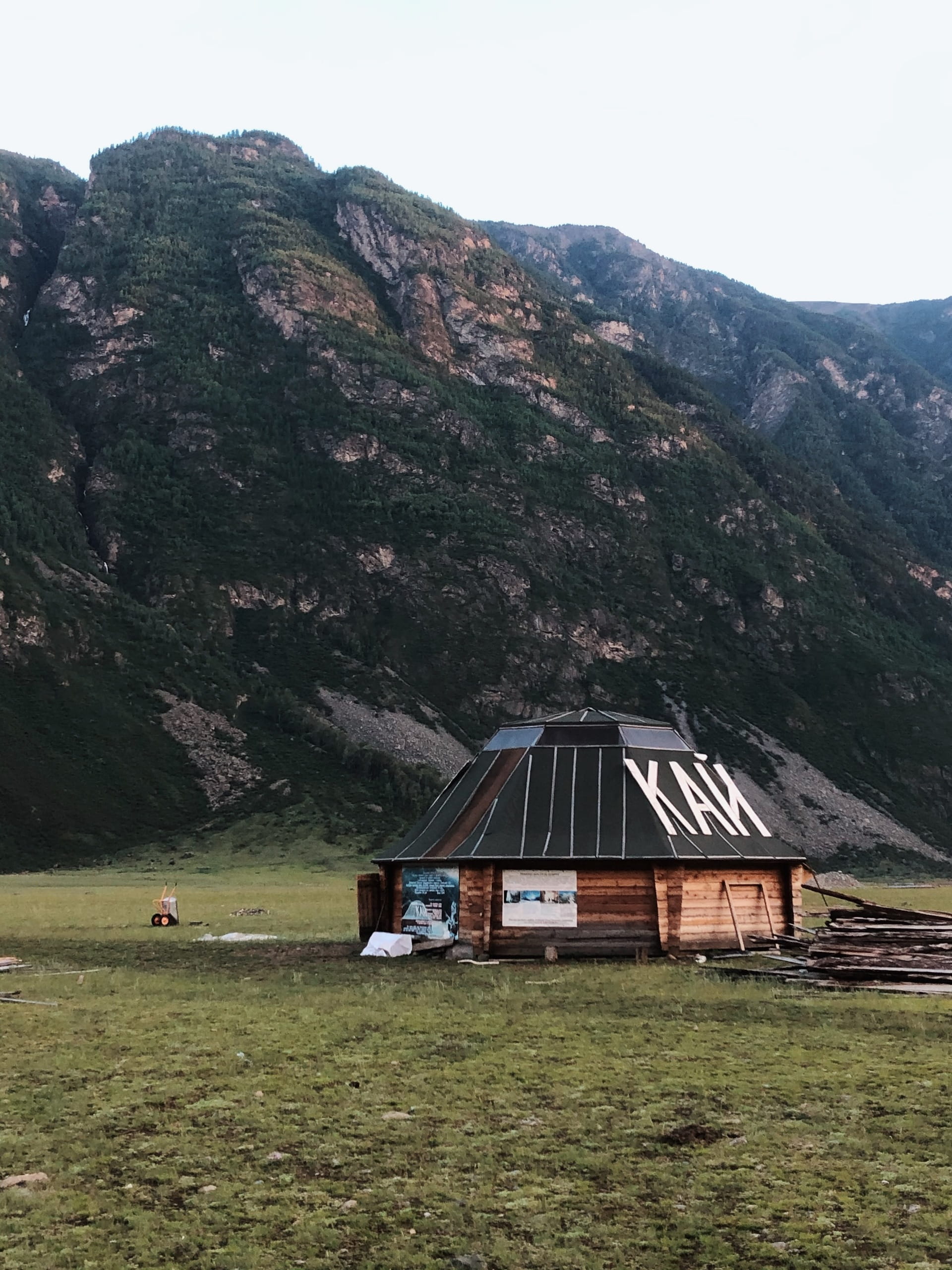
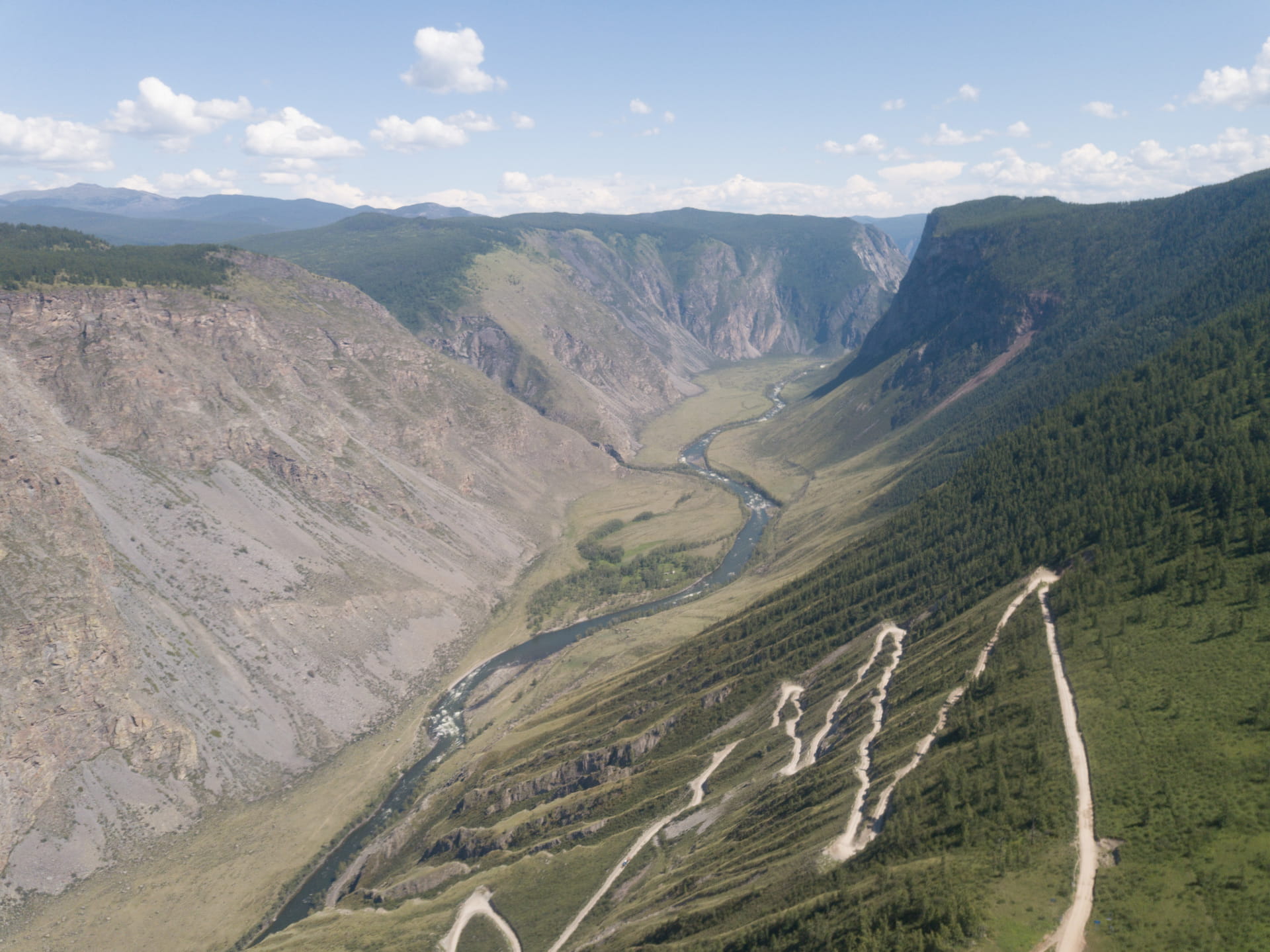
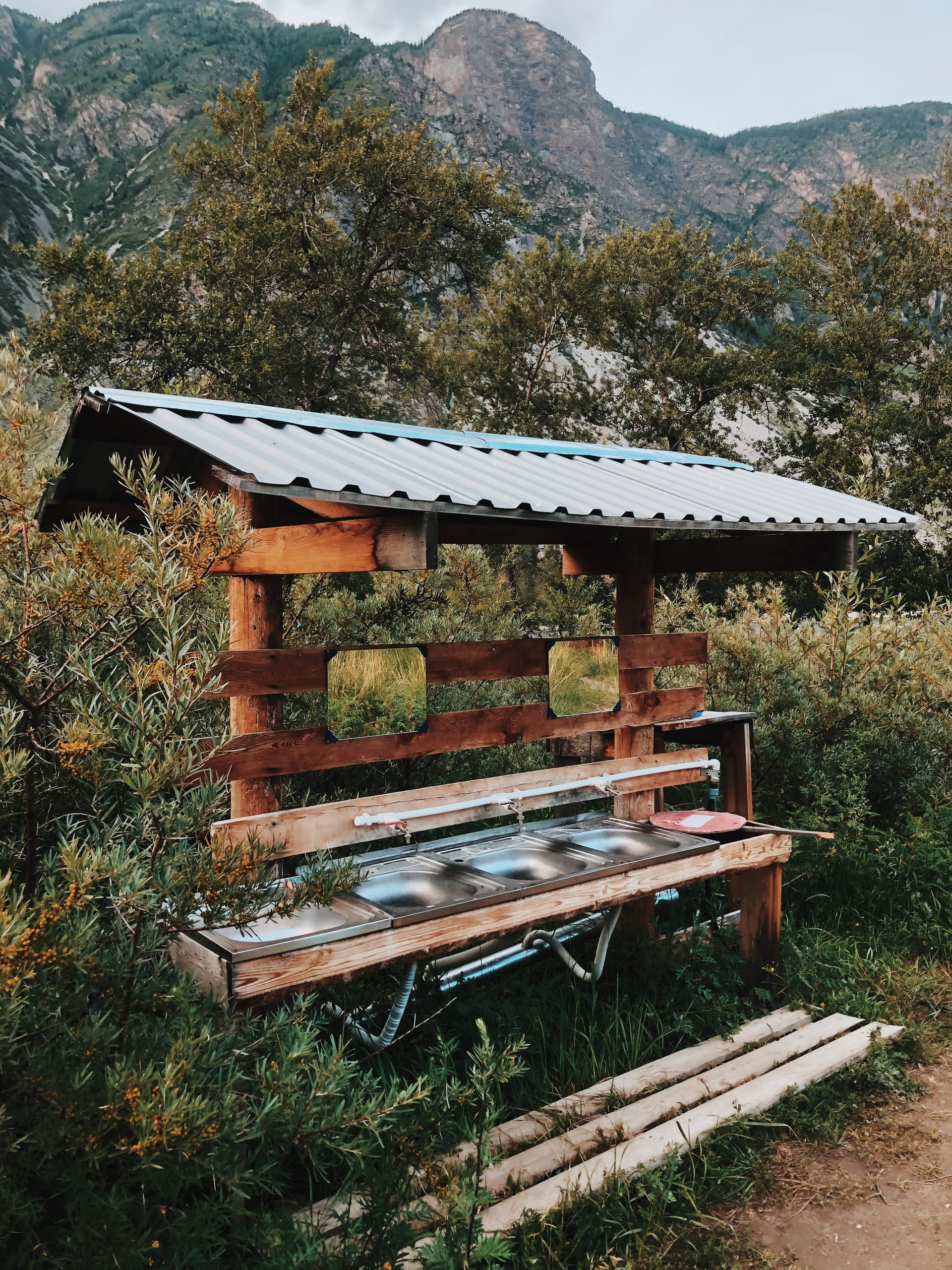
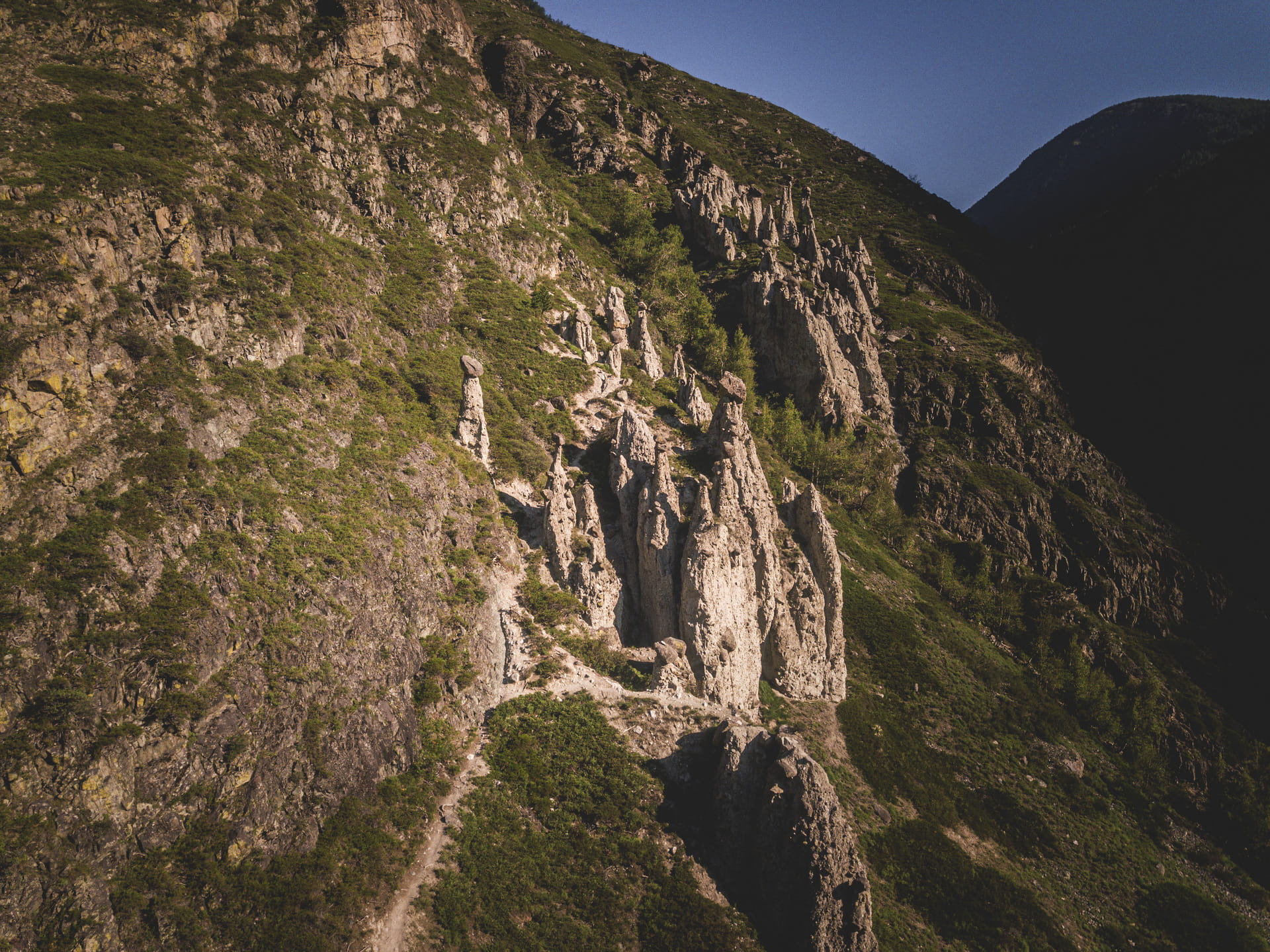
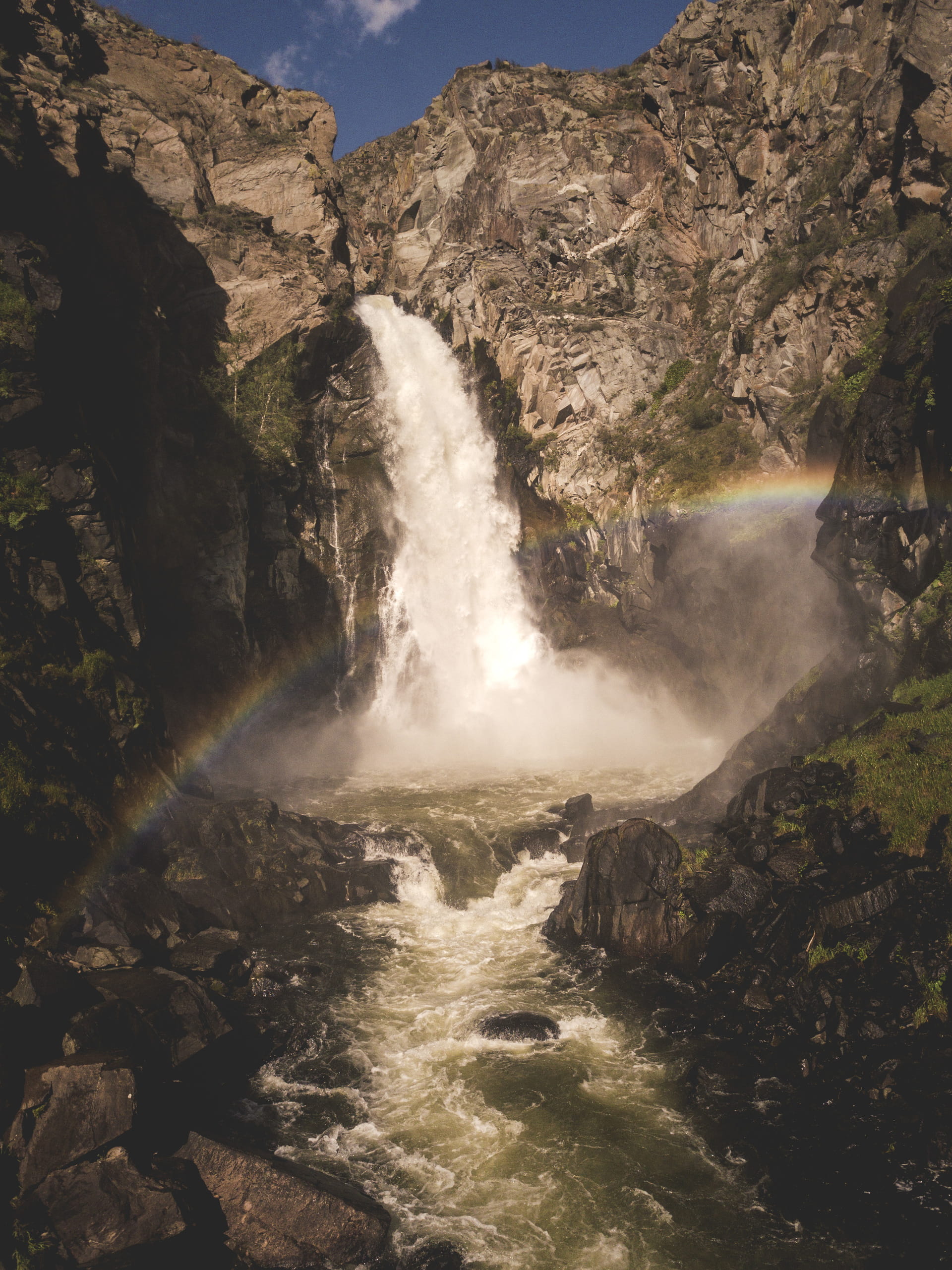

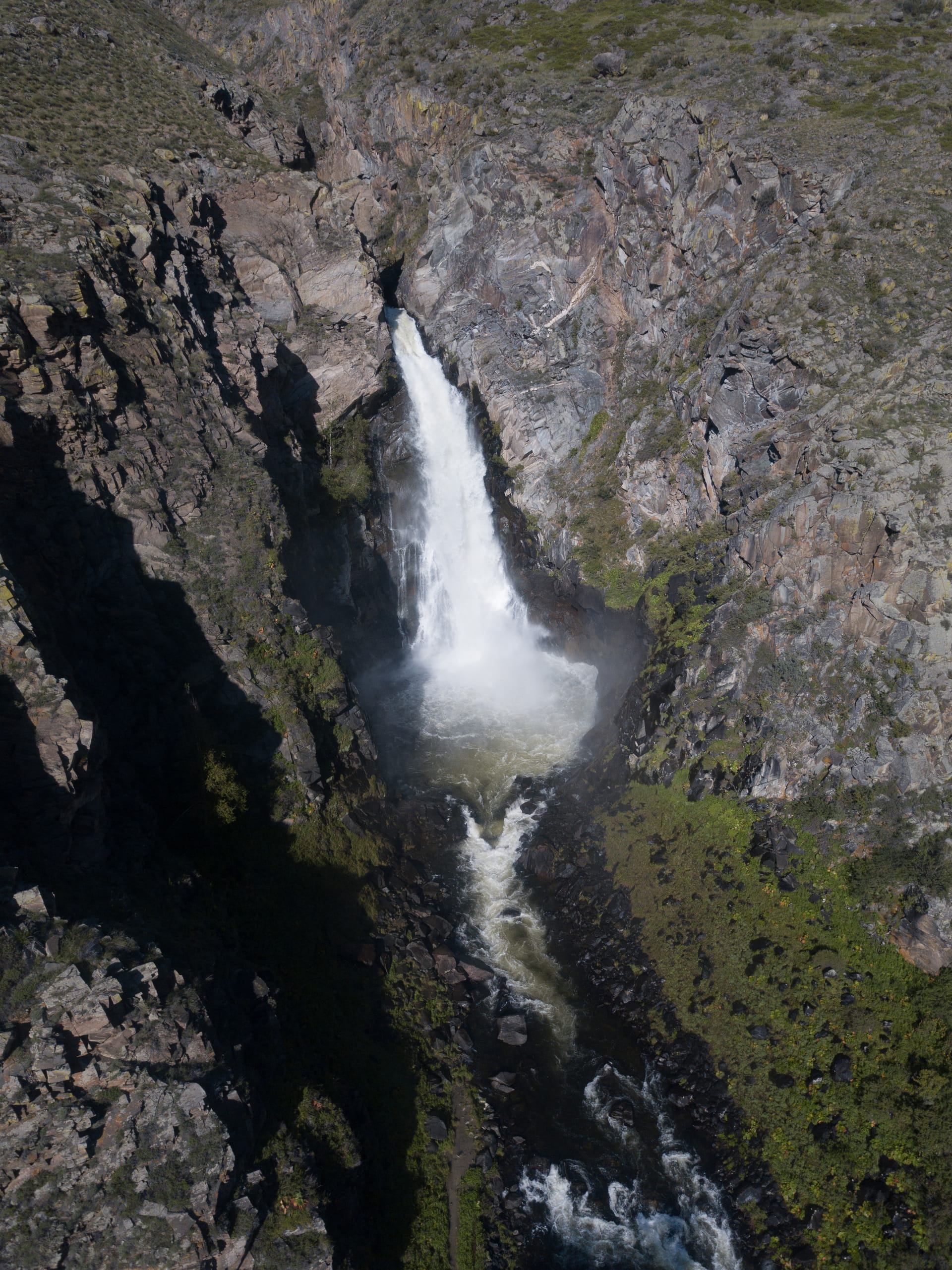

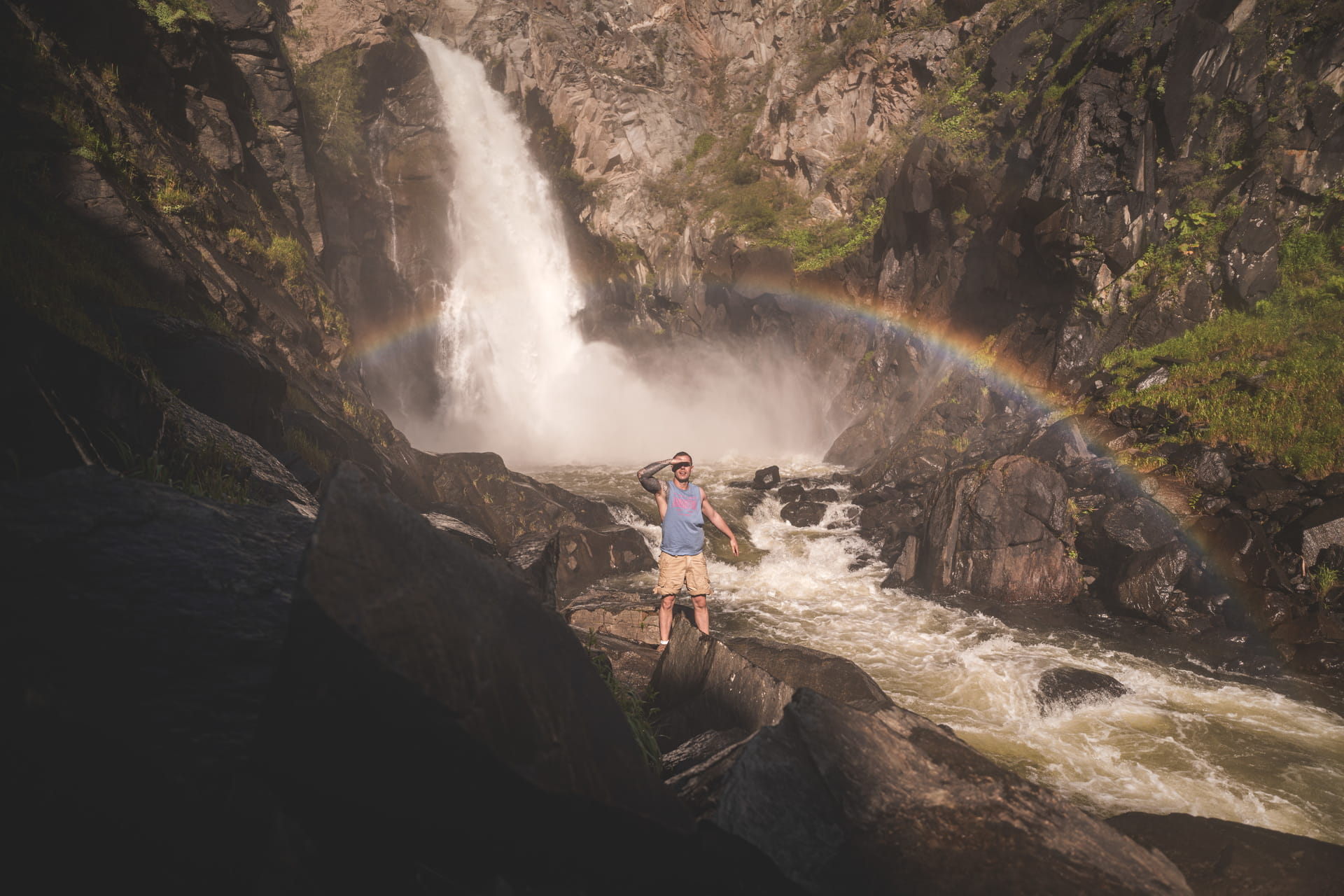

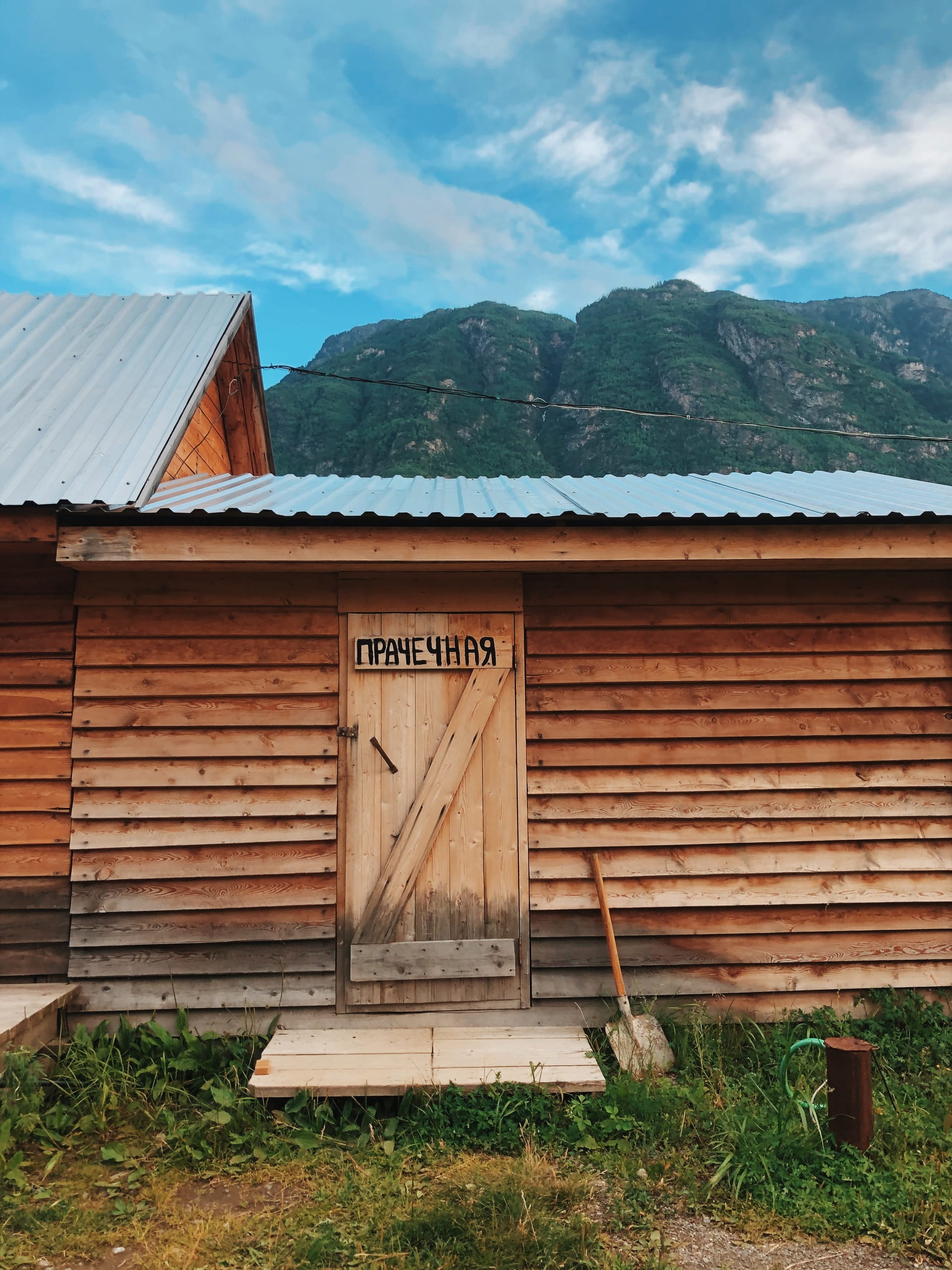
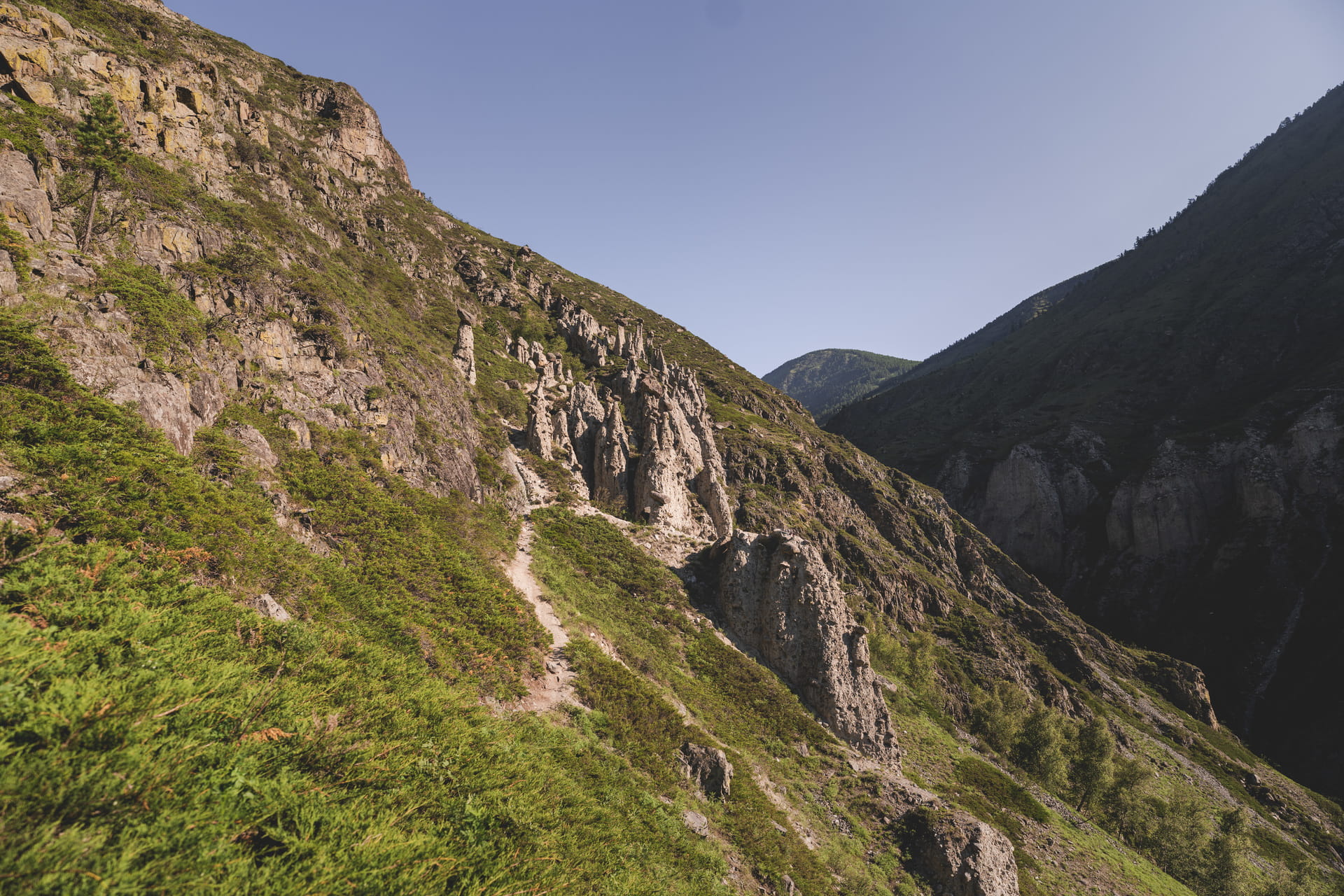
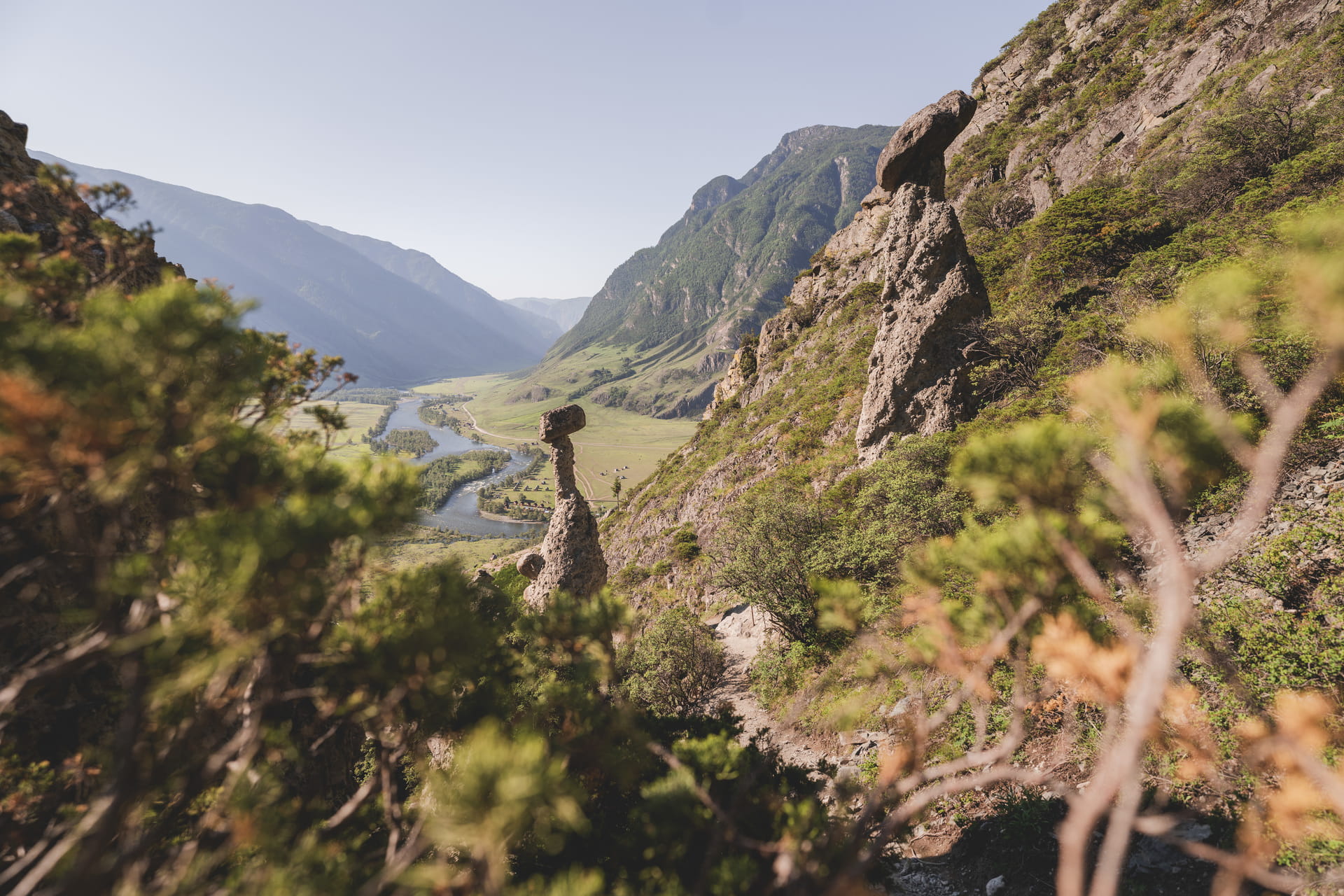
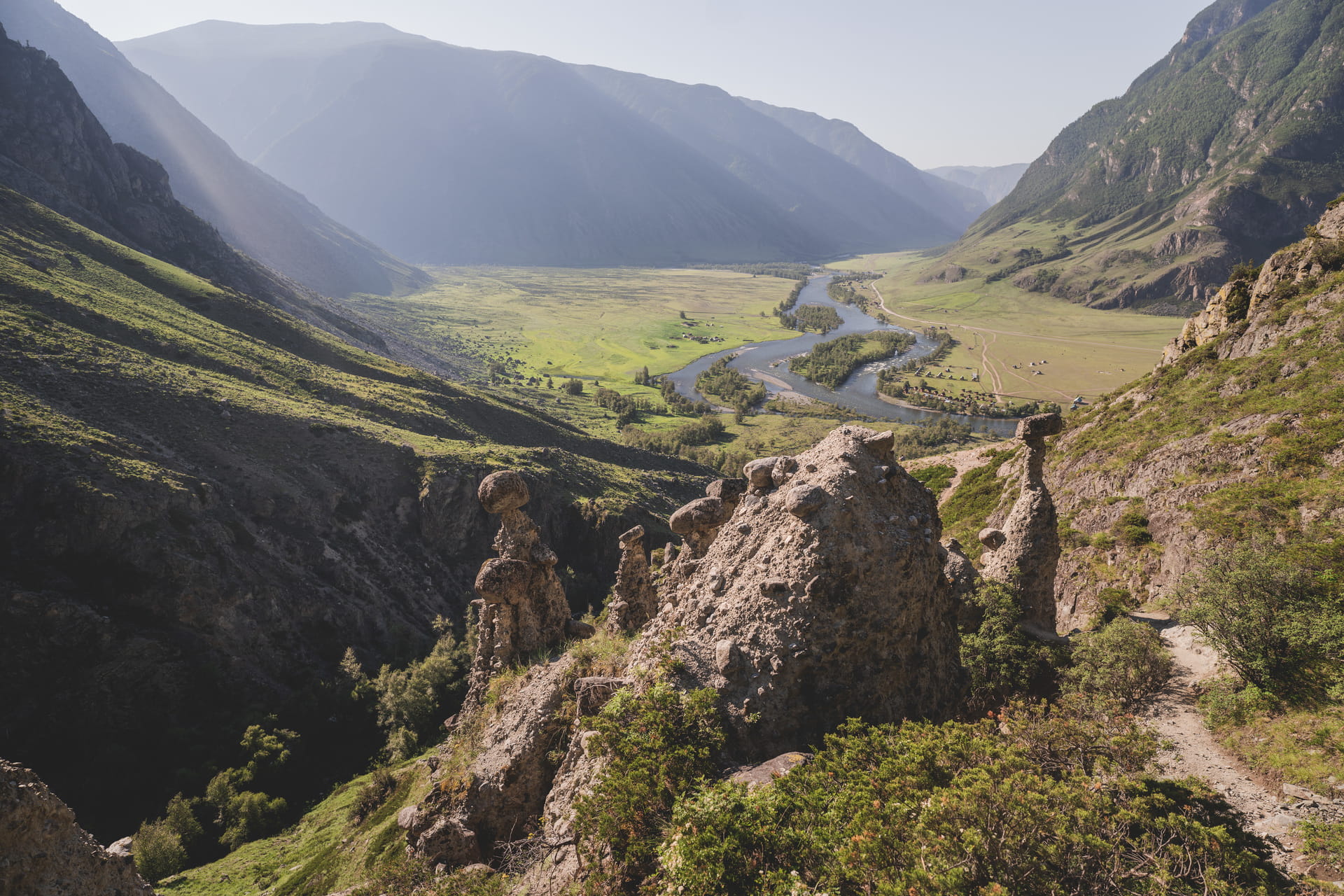

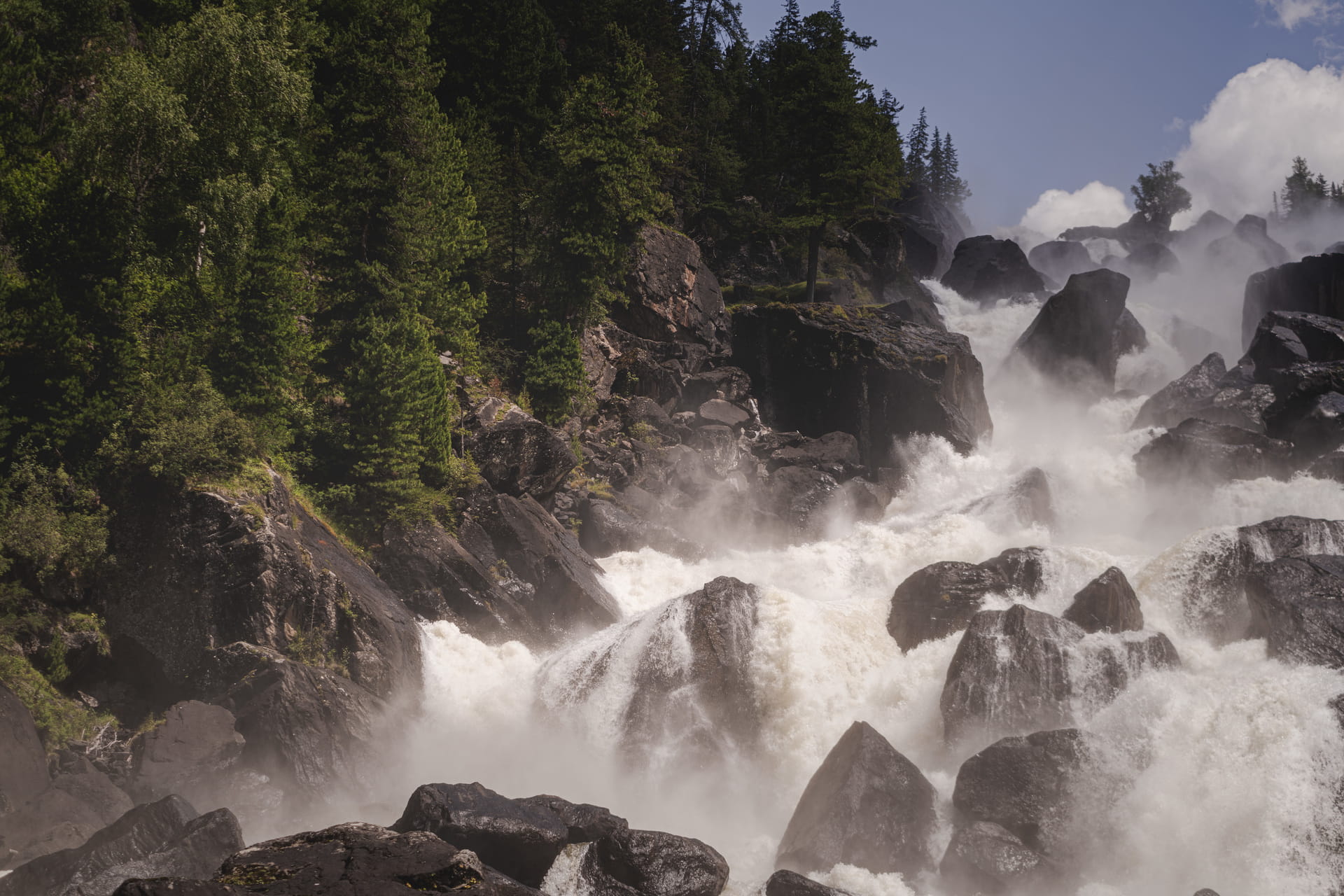


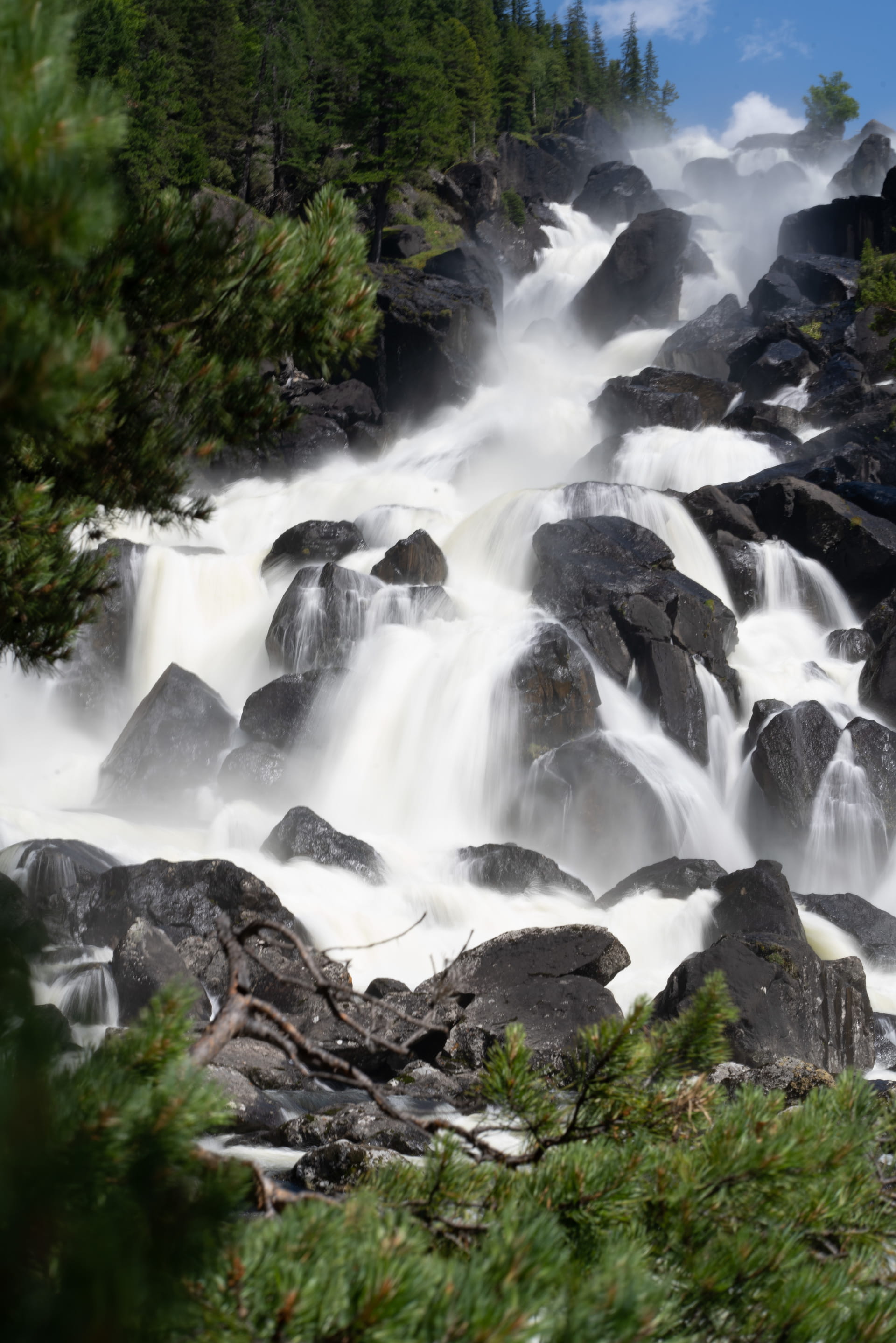
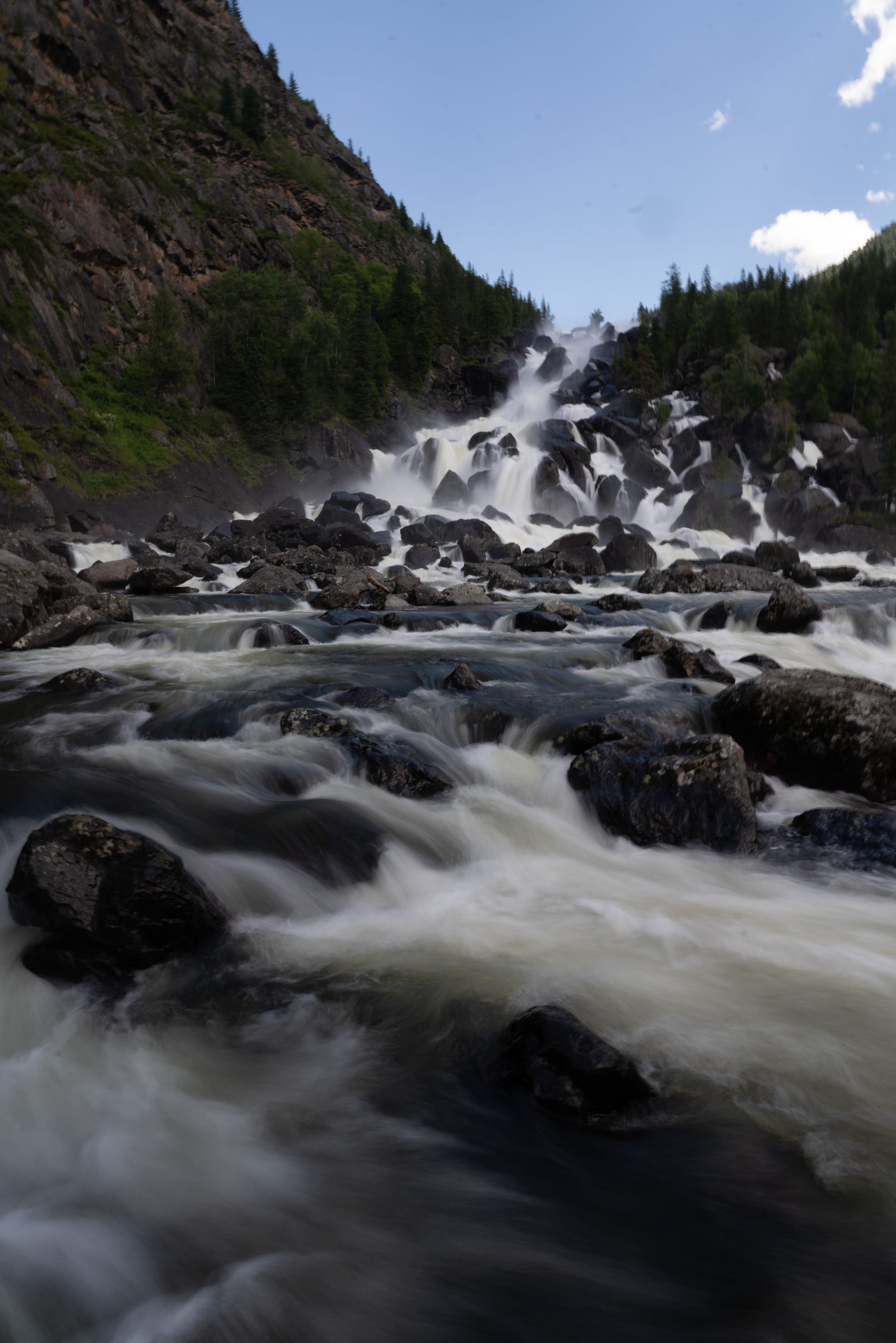

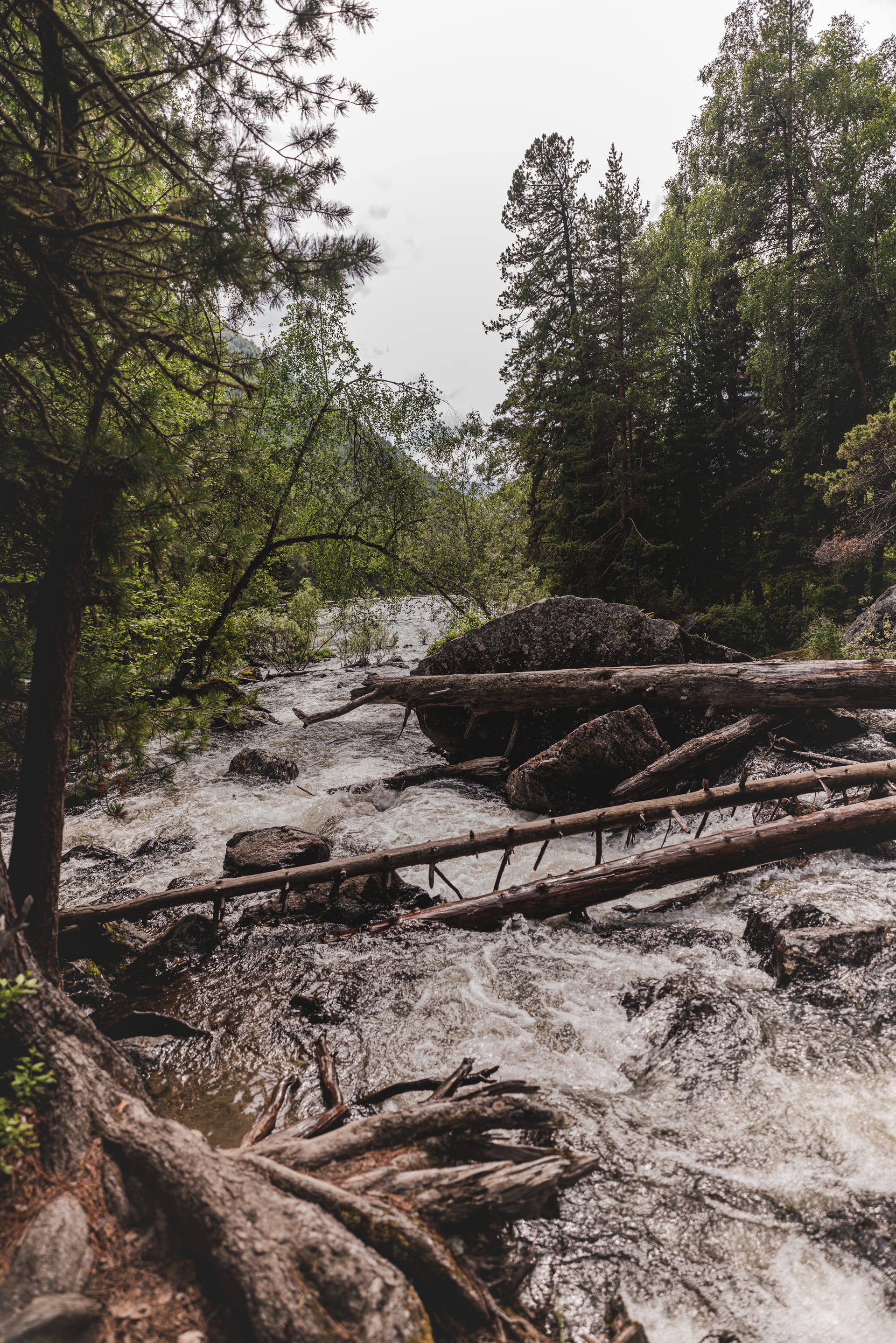
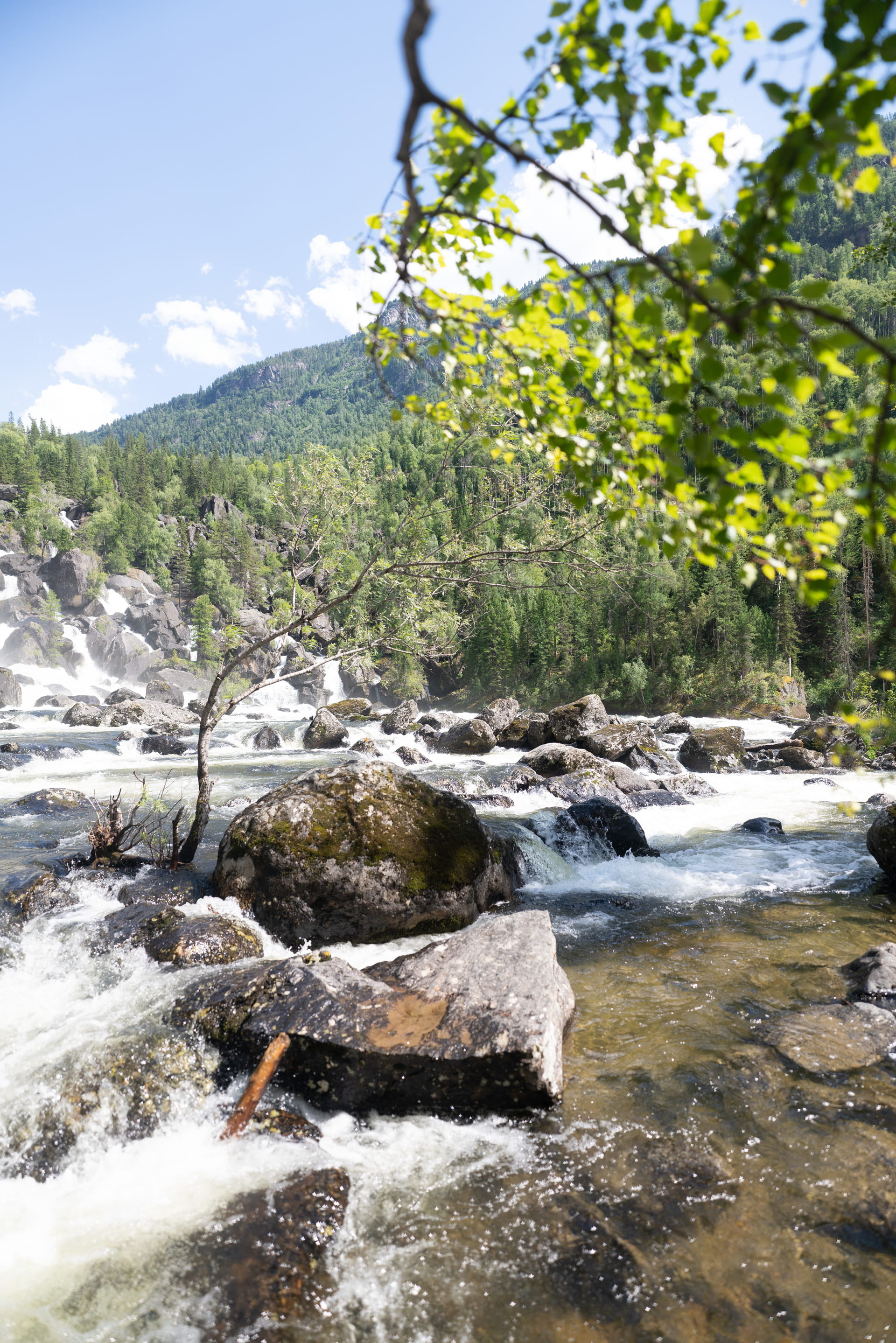
 7 min
7 min